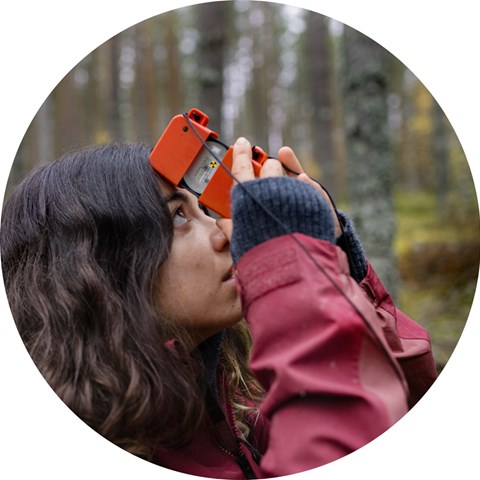Contact
Adam Felton, lecturer
Southern Swedish Forest Research Centre
adam.felton@slu.se, 040-415171

We conduct research in conservation ecology, plant ecology, vegetation history and plant-animal interactions, all within the context of forest ecosystems. Our efforts are directly relevant to societal decisions regarding the future of Sweden’s and global forest lands and understanding their capacity to continue providing habitat for forest biodiversity as well as essential goods and services.
Our conservation research focuses on the effects of forest management decisions on habitat availability in Sweden’s production and protected forest lands. These efforts include understanding the implications for forest biodiversity from the choice and diversity of production tree species grown, how harvesting is carried out, and the combined effects of production intensity and conservation efforts (e.g. green tree retention) on habitat availability in forestry-dominated landscapes. We conduct research on how the density of the production forest affects the field layer in coniferous and deciduous forests, and how these effects interact with climate change.
Another key research area involves the interactions between large herbivores and production trees, and how strategies can be developed to ensure both the availability of forage for game species and minimal damage to production forests.
Our research into forest history reconstructs past fire dynamics, tree species composition and human impacts on forest lands, with this knowledge essential to current efforts to preserve forest biodiversity and the diversity of forest environments.
In addition to the tree species themselves, we work on a broad range of forest-dependent flora and fauna, including vascular plants, lichens, bryophytes, insects, birds and deer. We use a diversity of techniques including large scale experiments, modelling and systematic reviews, and embrace the latest technologies involving environmental DNA, camera traps, automated sound recordings, and remote sensing.
Adam Felton, lecturer
Southern Swedish Forest Research Centre
adam.felton@slu.se, 040-415171